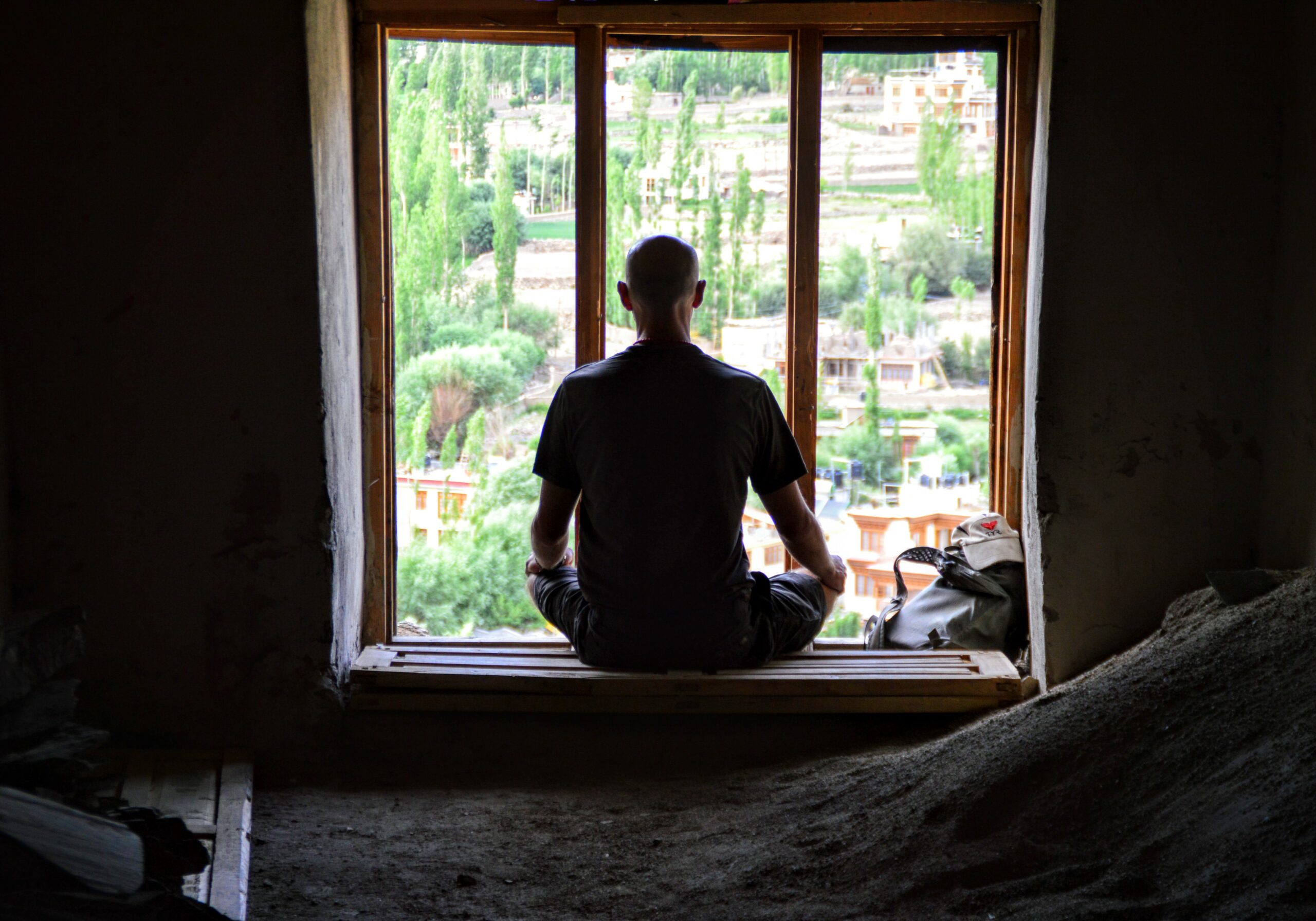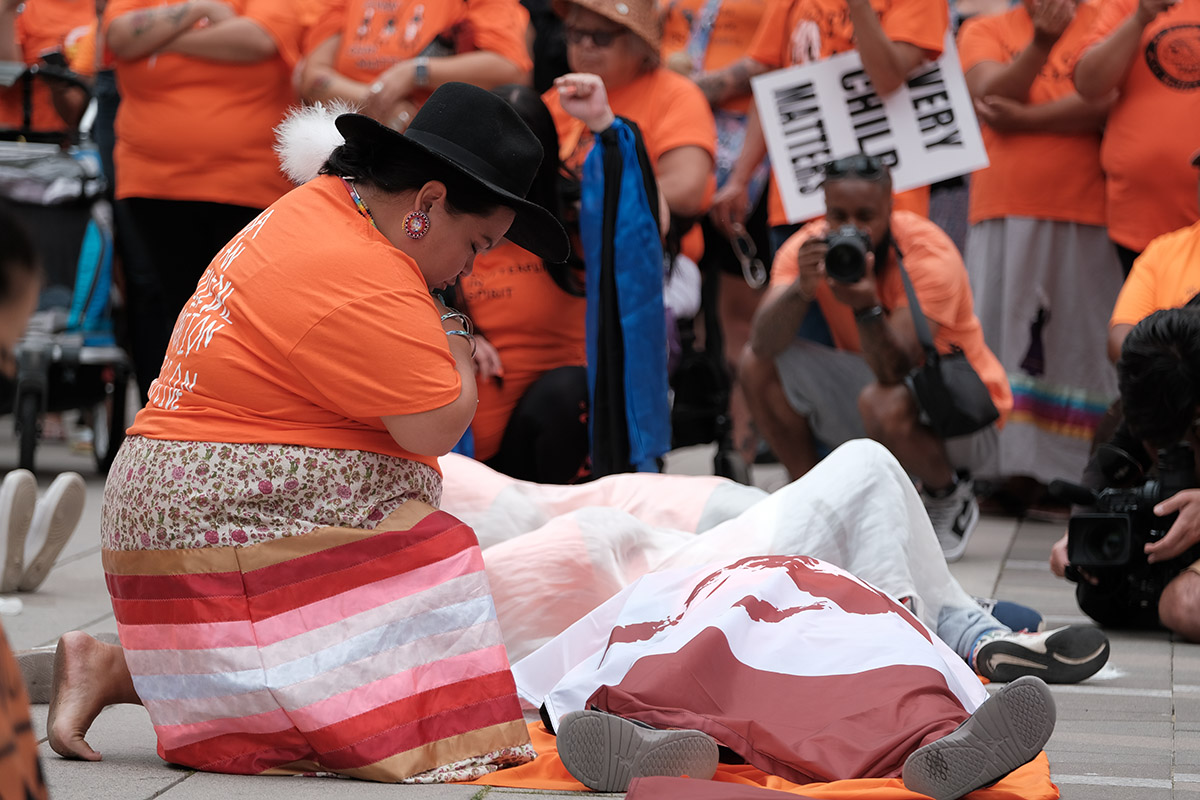“Peace through ancient practice of meditation”
July 4 A ten day programme of meditation taught Mridul Upadhyay, 25, a Commonwealth Correspondent from New Delhi in India, about one of India’s ancient disciplines and how it still applies to modern life.
A ten day programme of meditation taught Mridul Upadhyay, 25, a Commonwealth Correspondent from New Delhi in India, about one of India’s ancient disciplines and how it still applies to modern life.
‘How strange it is that we want control over others, while we are a slave of our own feelings completely.’
When one is not able to control her/his reaction, how can s/he can take mindful actions? This can neither serve the purpose of inner peace nor the peaceful world. For me, it is a self-realisation; my first consciousness step towards being peaceful.
‘All wrong-doing arises because of mind. If mind is transformed can wrong-doing remain?’ -Buddha
I recently had a chance to learn ‘Vipassana Meditation’ as taught by S. N. Goenka. Vipassana, which means to see things as they really are, is one of India’s most ancient techniques of meditation. It was rediscovered by Buddha more than 2500 years ago and was taught by him to common people as a universal remedy for universal ills. It is a meditation technique, not related to any religion or sect, which aims for the eradication of mental impurities to bring increased awareness, balanced mind-set, self-control and complete peace.
Mind and body are deeply interconnected. Body is made of particles, and physical sensations form the life of the body. Physical sensations are also the link between body and mind. The disciplined attention to the physical sensations is the conscious self-observation, which is used in Vipassana meditation as a way of self-transformation. Through Vipassana, the natural laws that operate one’s thoughts, feelings, judgments and reactions become clear. This makes clear how one’s self produces suffering or can free oneself from suffering.
The technique is taught at ten-day residential courses during which participants learn the basics of the method and practice to experience its benefits. The first step is that for the period of the course one abstains from killing, stealing, sexual activity, speaking falsely and intoxicants. As well, one observes Noble Silence (silence of body, speech and mind), no physical contact, newspaper, TV, phone calls, visitors, music, reading, writing, taking notes or communication even by gestures. Such code of moral conduct and strict rules are important to calm the mind, which otherwise is too unsettled to observe self deeply. By their own efforts students arrive at their realisations. No one else can do this for you.
The next step is to make our mind stable by learning to fix one’s attention on the natural reality of the ever changing flow of breath as it enters and leaves the nostrils. The flow changes because of our feeling and thoughts.
With continuous practice, which seems very slow, one understands himself more and experiences the universal truths of impermanence, suffering and being without ego. This truth realisation by direct experience is the process of purification. Finally, on the last day participants learn the meditation of kindness and goodwill towards all. Of course it is unrealistic to expect all problems to be solved in ten days. However, even ten days can provide exceptional results and, if not, the essentials of Vipassana can be learned so that it can be applied in daily life.
Vipassana eliminates the three causes of all unhappiness: craving, aversion and ignorance. With continued practice, the meditation releases the tensions developed in everyday life, removing the old habit of reacting in an unbalanced way to pleasant and unpleasant situations. Although Vipassana was developed as a technique by the Buddha, it is just a meditation technique. As all human beings share the same fundamental problems, it can be practiced freely by everyone, at any time, in any place, without conflict due to race, community or religion, and it will prove equally beneficial to one and all.
Finally, another important self-realisation was that I wanted control over others because I myself was a complete slave of my own feelings.
Reference: https://www.dhamma.org/en/about/vipassan
Photo credit: courtesy of Mridul Upadhyay
…………………………………………………………………………………………
About me:
A thinker, a social volunteer, a mechanical designer, a theatre artist, a guitar player, a lyrics-writer, an amateur sketch artist, a cook, a traveler, a wannabe civil servant – there are many phrases I enjoy trying on me to describe what I see myself as.
Currently I work for the Oil and Gas Pipeline refineries as a design engineer and am studying for Management in Business Administration. I aspire to enlighten society with the knowledge and experience I gain.
………………………………………………………………………………………………………………
Opinions expressed in this article are those of the author and do not necessarily represent the views of the Commonwealth Youth Programme. Articles are published in a spirit of dialogue, respect and understanding. If you disagree, why not submit a response?
To learn more about becoming a Commonwealth Correspondent please visit: http://www.yourcommonwealth.org/submit-articles/
………………………………………………………………………………………………………………




